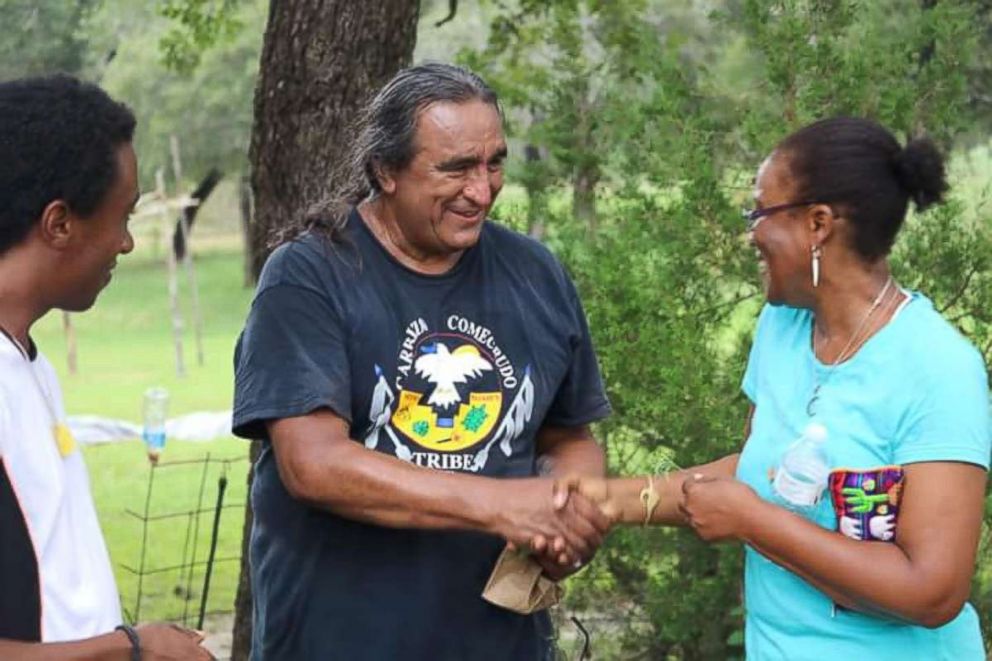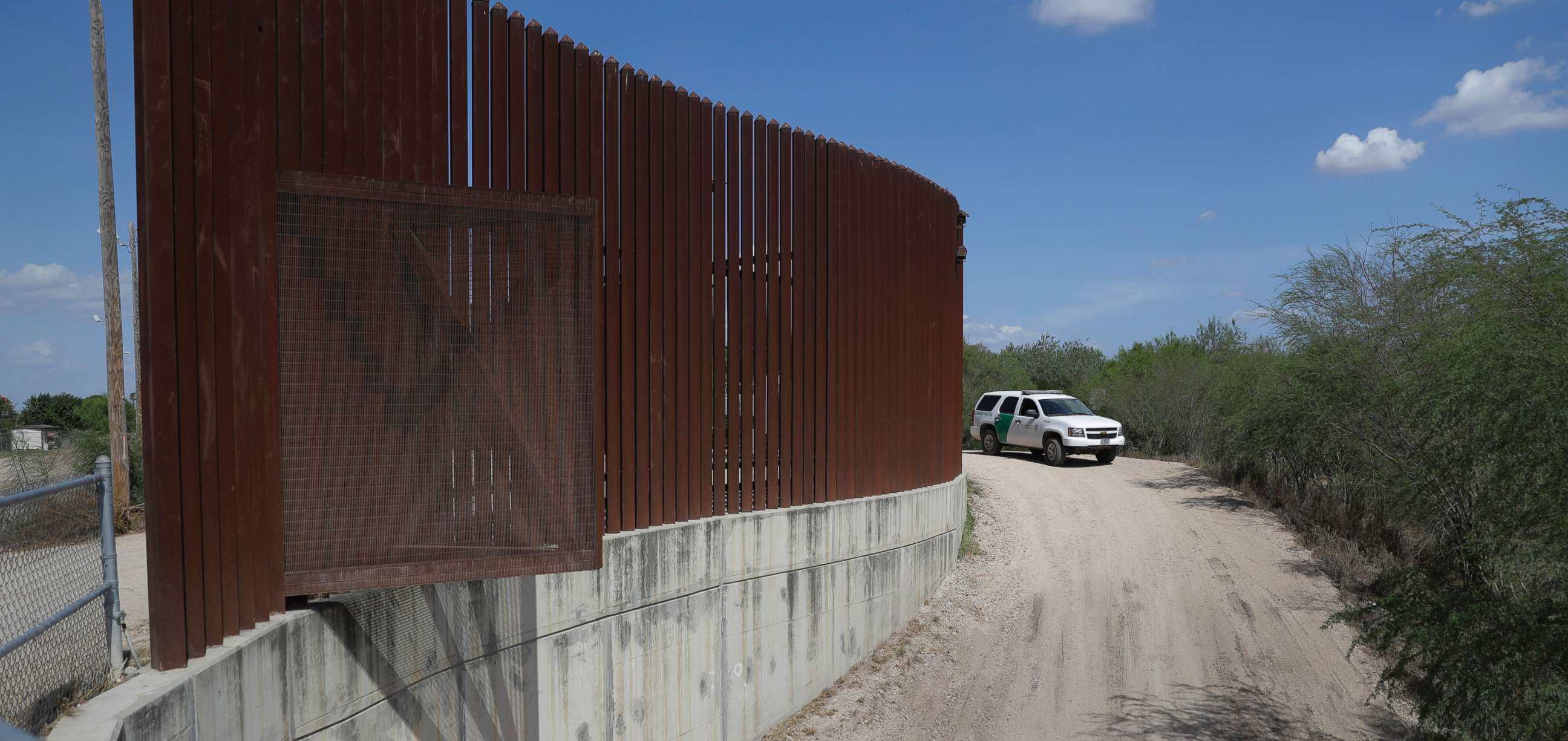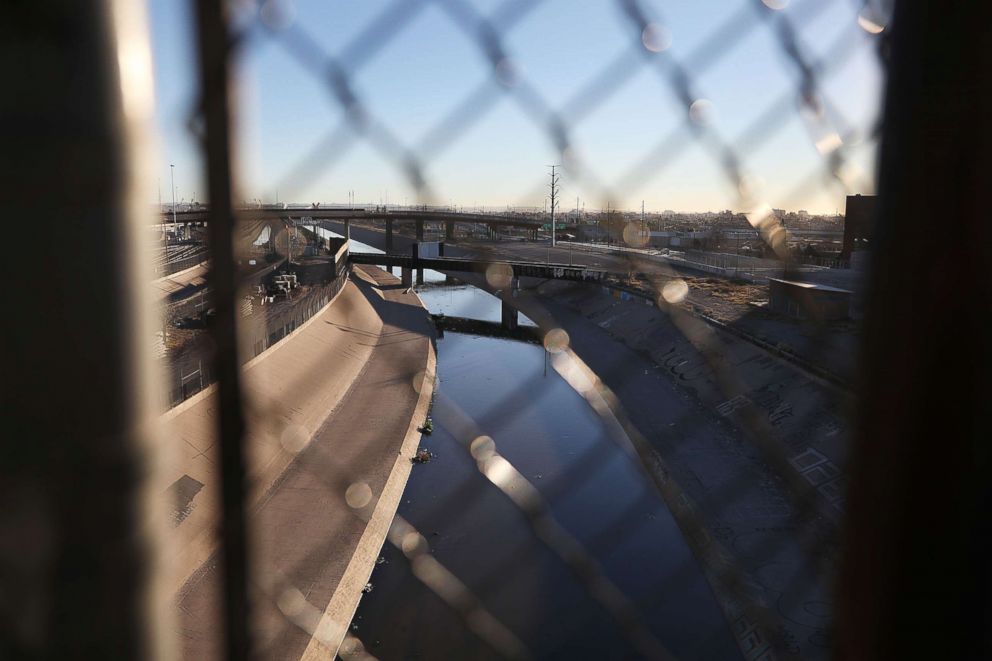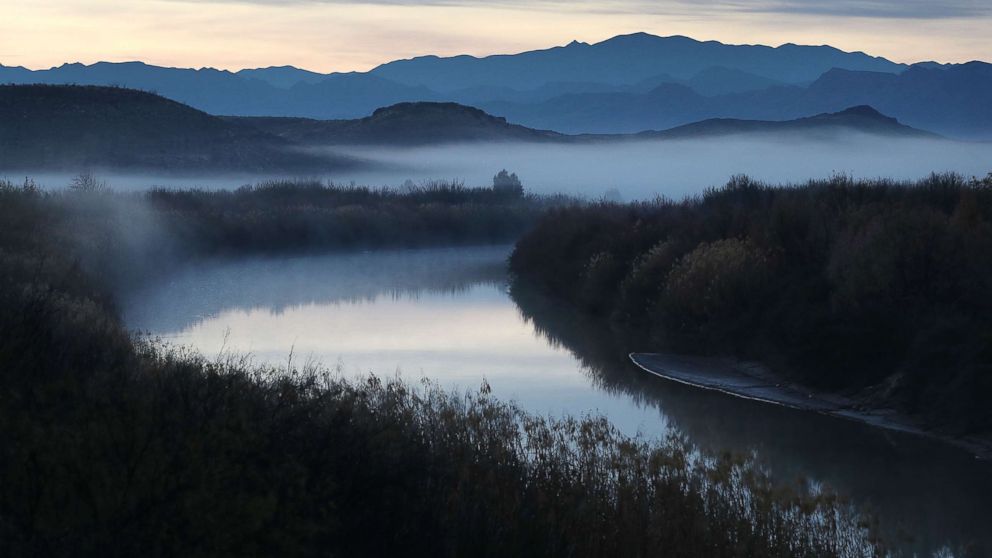Wildlife advocates, local indigenous tribes protest preparations for new border wall construction
The federal government this week began moving bulldozers and construction vehicles to the Texas border with Mexico to begin building a new six-mile section of border wall -- the first new wall under President Donald Trump, administration officials confirmed Tuesday.
The move immediately triggered angry protests by a local butterfly sanctuary -- The National Butterfly Center -- and local indigenous tribes who oppose the wall and say construction will damage natural habitats. U.S. Customs and Border Protection said the wall will run through land owned by federal government. The dispute came amid an administration claim that a caravan of 2,000 migrants had arrived in northern Mexico along the Texas border.
“We’re a recognized tribe and no one’s going to tell us who we are especially some idiots in Washington,” said Juan Mancias of the indigenous peoples' tribe Carrizo-Comecrudo, who led protests on Monday. “We’re the original people of this land. We haven’t forgot our ancestors.”

So far, the Trump administration has upgraded only existing fencing along the border. The president has called for some $5 billion for new wall construction, and Democrats have refused, resulting in a budget dispute that shut down the government for five weeks.
This latest Texas project relies on previously appropriated money and won’t require further congressional approval. Construction plans for the Rio Grande Valley, just south of McAllen, Texas, call for six to 14 miles of new concrete wall topped with 18-foot vertical steel bars.
Last year, Homeland Security Secretary Kristen Nielsen waived a variety environmental restrictions, including parts of the Endangered Species and Clean Water Acts, to prepare for construction in the area. Construction on the Rio Grande Valley project is expected to start in the coming weeks.

Marianna Wright, executive director of the National Butterfly Center, remains a staunch advocate against the border wall. She met this week with authorities who she said wants to buy the center’s land for wall construction.
She traveled to Washington last month to explain the environmental damage that would be caused by the construction in testimony on Capitol Hill.
“The bulldozers will roll into the lower Rio Grande Valley wildlife conservation corridor, eliminating thousands of trees during spring nesting season for hundreds of species of migratory raptors and songbirds,” Wright told the House Natural Resources Committee.
When asked by ABC News what message she has for people who aren’t there to see the impact of the new border wall, Wright paused, searching for words to express her frustration.
“I would drive my truck over them, over their property, through their fence,” she said.

DHS continues to cite national security concerns as the reason for building the border wall, with Homeland Secretary Kirstjen Nielsen saying in a statement Tuesday that migrants in the new caravan that had arrived at the Texas border would try to cross over illegally.
“Such caravans are the result of Congress’s inexcusable failure to fully fund a needed physical barrier and unwillingness to fix outdated laws that act as an enormous magnet for illegal aliens,” Nielsen said in a statement.
The last so-called caravan that caused alarm for the administration resulted in thousands of migrants taking shelter in the Mexican city of Tijuana. Just across the border from San Diego, many waited several weeks for the chance to enter the U.S.




